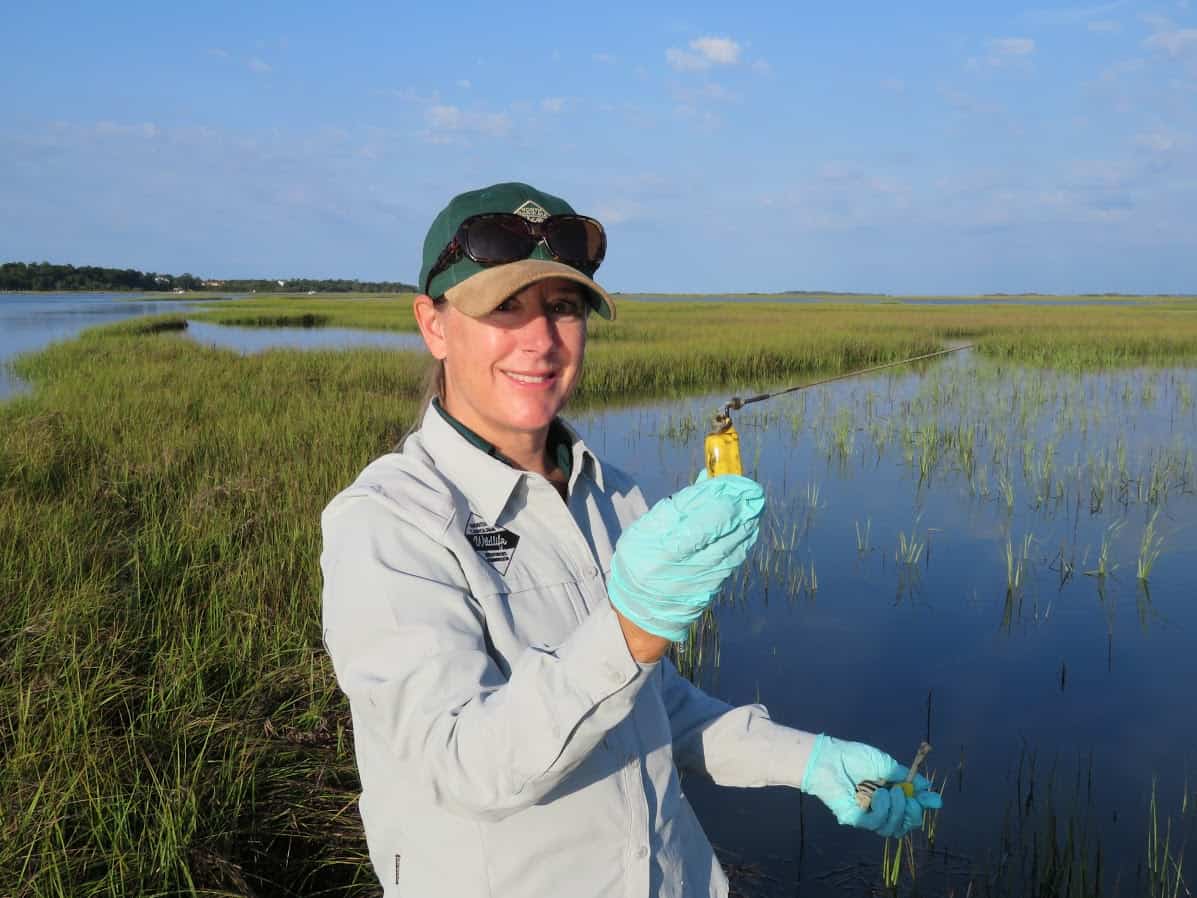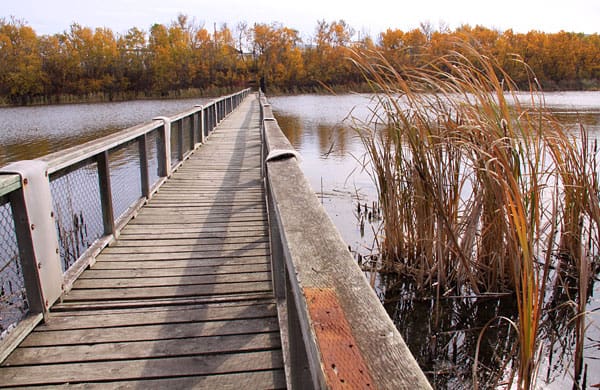Share this article
Muskrat habitat disappears as Canadian delta dries
Lakes and other water bodies in a northeastern Alberta delta are drying up, causing trouble for muskrats (Ondatra zibethicus), according to recent research using satellite imagery.
Muskrats in Canada use vegetation to build “houses” anchored to the shorelines of lakes and ponds in the Peace-Athabasca Delta. During the winter, the lake freezes over, but the muskrats maintain underwater entries to their houses so they can bring in food throughout the winter. The delta has been drying, though, possibly due to climate change, dams and other factors, so researchers set out to find out how that may affect these muskrat “houses.”
“The level of detailed knowledge of muskrats and water is actually very high because it was so important for the fur industry in Canada and also in the present day,” said Ellen Ward, a PhD candidate at the Stanford School of Earth, Energy & Environmental Sciences. But no one had looked at what role the drying delta may play in muskrats’ long-term decline.
In a study published in Environmental Research Letters, Ward and her team analyzed satellite imagery of the Peace-Athabasca Delta from 1972 to 2017, mapping out the area of surface water each year. They saw a 32 percent decline in muskrat habitat, coinciding with a decline in muskrat populations.
“It’s a significant relationship,” Ward said. “Basically we see as the delta is drying, it’s pulling down that muskrat population with it.”
That could spell trouble for other species, too. Muskrats are “in the middle of the food chain,” Ward said, meaning fewer muskrats could mean less prey for mink (Neovison vison), fox (Vulpes vulpes), lynx (Felis lynx) and other predators.
Header Image: Muskrat habitat and populations are declining in the Peace-Athabasca Delta. ©Tom Koerner/USFWS








